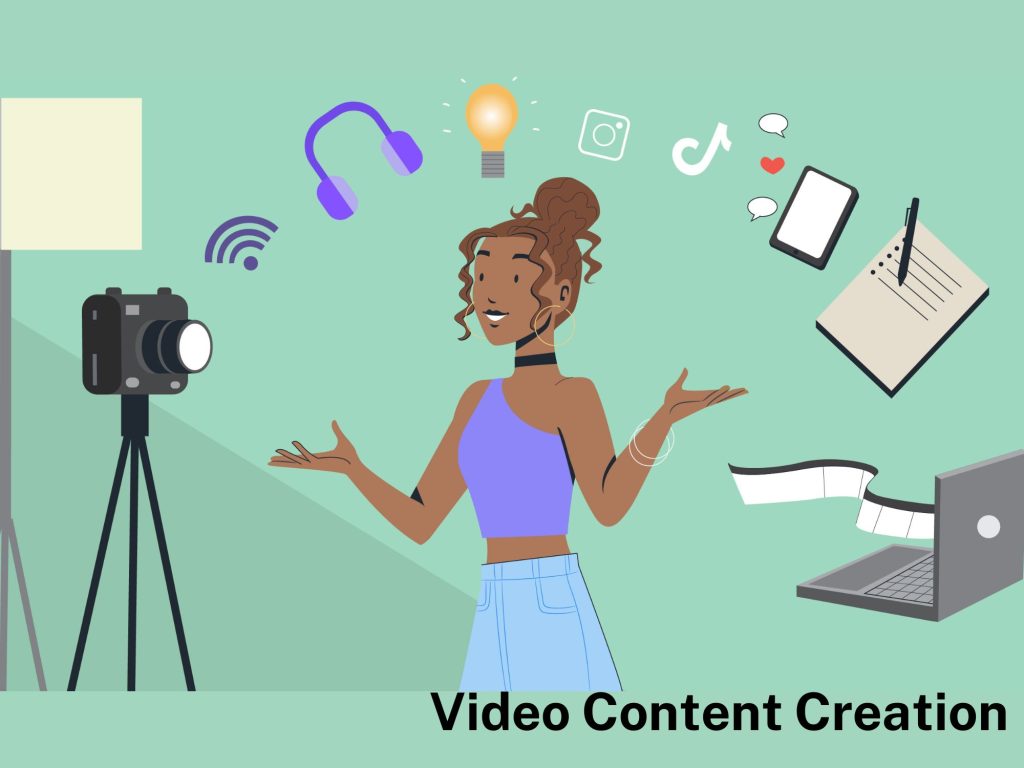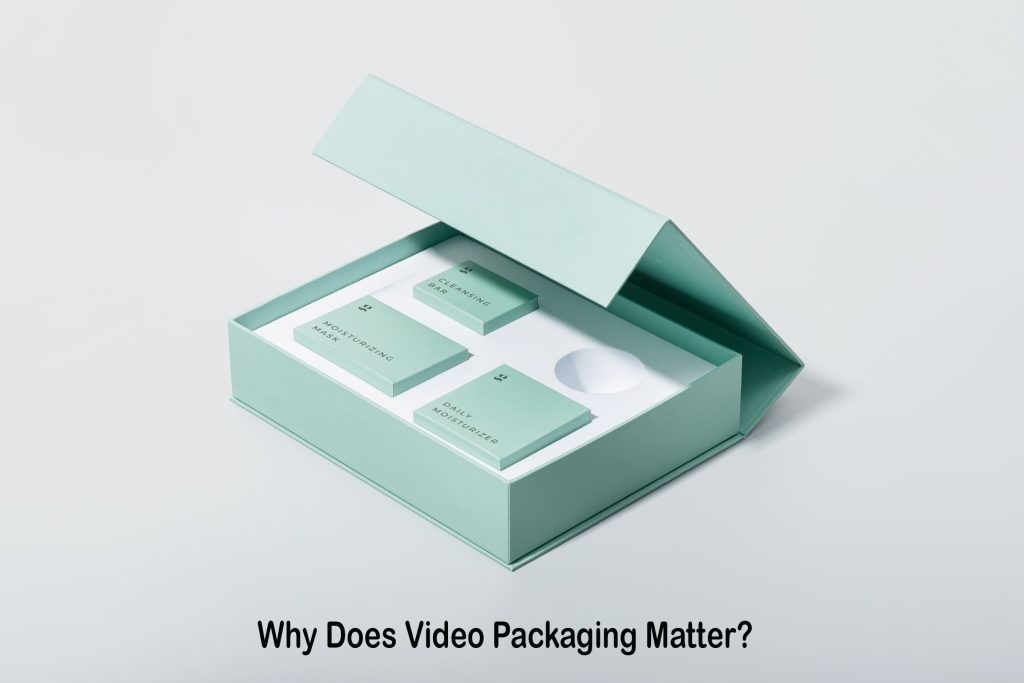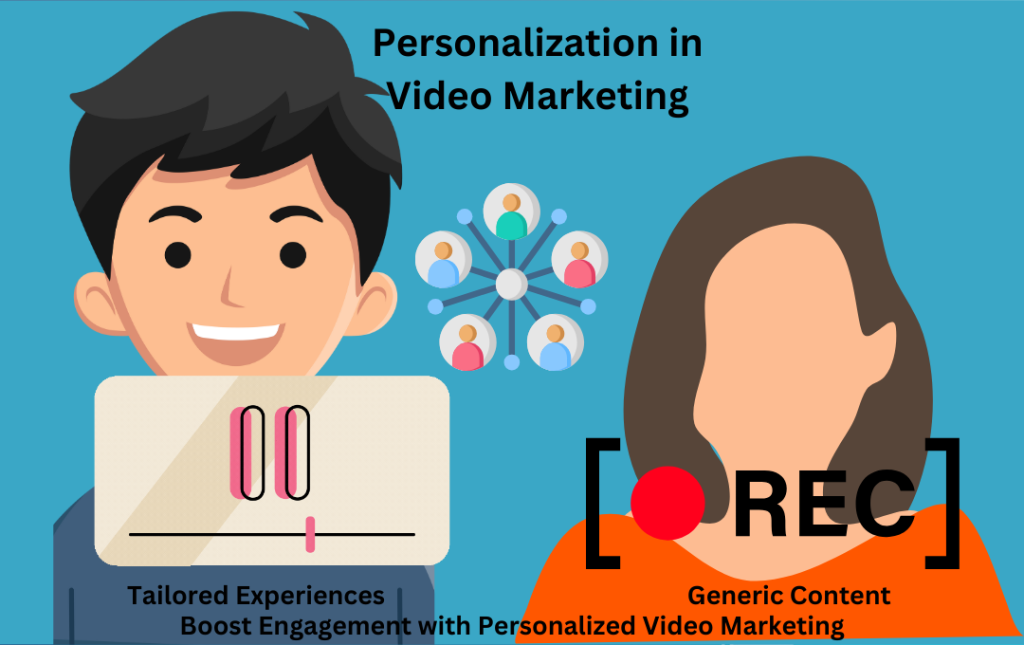Video content creation is no longer just an option for businesses and individuals—it has become a key driver of engagement, brand visibility, and even revenue growth. The increasing consumption of video across platforms such as YouTube, TikTok, Instagram, and even LinkedIn has redefined how people interact with information. Whether you’re a business looking to market a product, a content creator trying to build a following, or just someone eager to share their message, video is a powerful tool that can amplify your reach.
But creating video content is more than just pointing a camera and pressing record. It requires a blend of creativity, strategy, and technical know-how. From planning and scripting to shooting and editing, each step contributes to the overall effectiveness of your video. In this blog, we’ll delve into what video content creation is, why it’s so important, and how you can go about making videos that captivate and engage your audience.
What is Video Content Creation?
At its essence, video content creation refers to the process of producing video materials for various platforms. These can range from short clips designed for Instagram Stories or TikTok to long-form content for YouTube or webinars. The type of video you create will depend on your objectives—whether it’s to entertain, educate, inform, or inspire your audience.
Creating video content involves several key stages, including planning, pre-production, production, and post-production. Each stage plays a crucial role in ensuring that your final product is not only visually appealing but also resonates with the audience and delivers the intended message effectively.
Video content creation can serve various purposes. It might be for marketing, where the goal is to promote a product or service; educational videos designed to teach or share knowledge; or purely entertainment-based content that seeks to engage viewers emotionally. Whatever the aim, video content has the unique ability to combine visual, auditory, and emotional elements in a way that few other mediums can.
Why Video Content Creation Matters
There’s no doubt that video is a highly effective medium. People are naturally drawn to moving images, and video provides a level of engagement that text or static images simply cannot. Viewers are more likely to retain information when it’s presented through a video. This is largely due to video’s ability to simplify complex messages, making them more accessible and easier to understand.
Moreover, video content is incredibly versatile. It can be adapted for multiple platforms, formats, and audiences. For instance, a single long-form YouTube video can be broken down into shorter clips for Instagram or TikTok. You can repurpose interviews, webinars, or tutorials into valuable content that fits each platform’s audience and technical requirements.
Another significant reason video content creation matters is its ability to humanize your brand or message. In a world where consumers crave authenticity, video lets you speak directly to your audience in a real, unfiltered way. People can see your facial expressions, hear the tone of your voice, and feel your message on a deeper level. This emotional connection can make your content more relatable and trustworthy, ultimately leading to stronger relationships with your audience.
The Steps Involved in Video Content Creation
Creating a high-quality video requires a solid process. From initial planning to the final edit, each phase is essential to creating content that resonates with your viewers. Let’s break down the key stages:
Planning and Conceptualization
Before you even think about picking up a camera, you need to have a clear plan. What is the purpose of your video? Who is your target audience? What message do you want to communicate? These questions will guide your creative decisions and ensure that your content aligns with your goals.
Conceptualization is about coming up with ideas for your video. Brainstorm potential topics, styles, and approaches that would best convey your message. Think about how your video can stand out—what unique angle can you offer that hasn’t been done before?
Scripting and Storyboarding
Once you have your concept, it’s time to put it into words. A script ensures that your video stays on message and delivers the key points in a logical order. You don’t need to write a Hollywood-style screenplay, but having a basic script will keep you on track and make the production process smoother.
Storyboarding, on the other hand, helps you visualize your shots. It doesn’t need to be fancy—just a series of sketches or notes that outline what each scene will look like. This helps you plan camera angles, lighting, and other technical aspects of the shoot.
Production
Production is where you bring your vision to life. This stage involves filming the content according to the plan you’ve laid out. The quality of your production depends on several factors, such as the equipment you use, the location, and the people involved.
However, don’t be discouraged if you don’t have access to professional equipment. Today’s smartphones are more than capable of shooting high-quality video. What matters most is the creativity and thoughtfulness behind your shots. Pay attention to lighting, sound, and framing, as these elements can make or break the quality of your video.
Post-Production
Once your footage has been shot, it’s time to move into post-production. This stage involves editing your video to ensure it’s cohesive, engaging, and polished. You’ll need to cut out unnecessary parts, add music or voiceovers, and perhaps include graphics or text.
Editing software like Adobe Premiere Pro, Final Cut Pro, or even simpler tools like iMovie can help you refine your video and give it a professional finish. Pay close attention to pacing—your video should flow smoothly without dragging or rushing. Also, ensure your video is optimized for the platform you’re sharing it on, as different platforms have different technical specifications for videos.
Types of Video Content
When it comes to video content creation, there’s a wide range of formats to explore. Each type of video serves a different purpose, and choosing the right one will depend on your goals and audience.
Explainer Videos are great for introducing your product or service. They typically focus on solving a problem and showing how your offering can help. These videos are often animated or use whiteboard visuals to simplify complex concepts.
Tutorials and How-Tos are educational videos that teach the audience how to do something. These videos are highly engaging because they provide immediate value to the viewer, positioning you as an expert in your field.
Behind-the-Scenes (BTS) Videos offer a more personal, authentic look at your business or creative process. These videos are great for humanizing your brand and giving viewers a glimpse of the work that goes on behind closed doors.
Customer Testimonials are powerful tools for building credibility. They show real people sharing their positive experiences with your product or service, which can influence potential customers to take action.
Product Demos focus on showcasing the features and benefits of a product. These videos give viewers a deeper understanding of how your product works and why it’s worth their investment.
Best Practices for Video Content Creation
While creating video content can be fun, it’s important to follow some best practices to ensure your videos achieve their purpose.
One of the most crucial aspects of video creation is storytelling. People don’t just watch videos for information; they want to be engaged and entertained. Craft your videos in a way that tells a compelling story—whether it’s the journey of your brand, the development of your product, or the experience of your customers.
Another best practice is consistency. Consistent posting helps build an audience and keeps your viewers coming back for more. Whether you’re posting daily, weekly, or monthly, stick to a schedule that your audience can rely on.
Pay attention to visual and audio quality. While you don’t need the most expensive equipment, your video should still look and sound professional. Poor lighting or bad audio can distract from your message and turn viewers away. Invest in a good microphone and ensure your filming location is well-lit.
Don’t forget about SEO for video content. Just like written content, videos can benefit from search engine optimization. Use relevant keywords in your video title, description, and tags to make your content easier to find. If your video is hosted on YouTube or your website, this can also help boost its visibility in search results.
Lastly, engage with your audience. Video is a two-way medium. Once you’ve posted your content, encourage viewers to leave comments, ask questions, or share their thoughts. Responding to these interactions can help build a community around your brand.
The Future of Video Content Creation
The future of video content creation is exciting and full of potential. With the rise of live streaming, virtual reality, and interactive video, content creators and businesses have more tools than ever to engage their audiences in new and innovative ways.
Live streaming allows for real-time interaction with your audience, creating a sense of immediacy and authenticity that pre-recorded videos can’t match. Whether you’re hosting a Q&A session, launching a product, or simply engaging with followers, live streaming can offer a unique opportunity to connect on a personal level.
Virtual reality and augmented reality are also emerging as new frontiers in video content creation. These technologies allow users to immerse themselves in a fully interactive environment, providing an experience that is both engaging and memorable.
As technology continues to evolve, video content creation will remain a vital tool for businesses and creators alike, offering endless possibilities for storytelling, marketing, and audience engagement.
Conclusion
Whether you’re a business looking to increase visibility or an individual hoping to share your message, video allows you to communicate in ways that are visually compelling, emotionally resonant, and easily understood.
Also Check Out;






